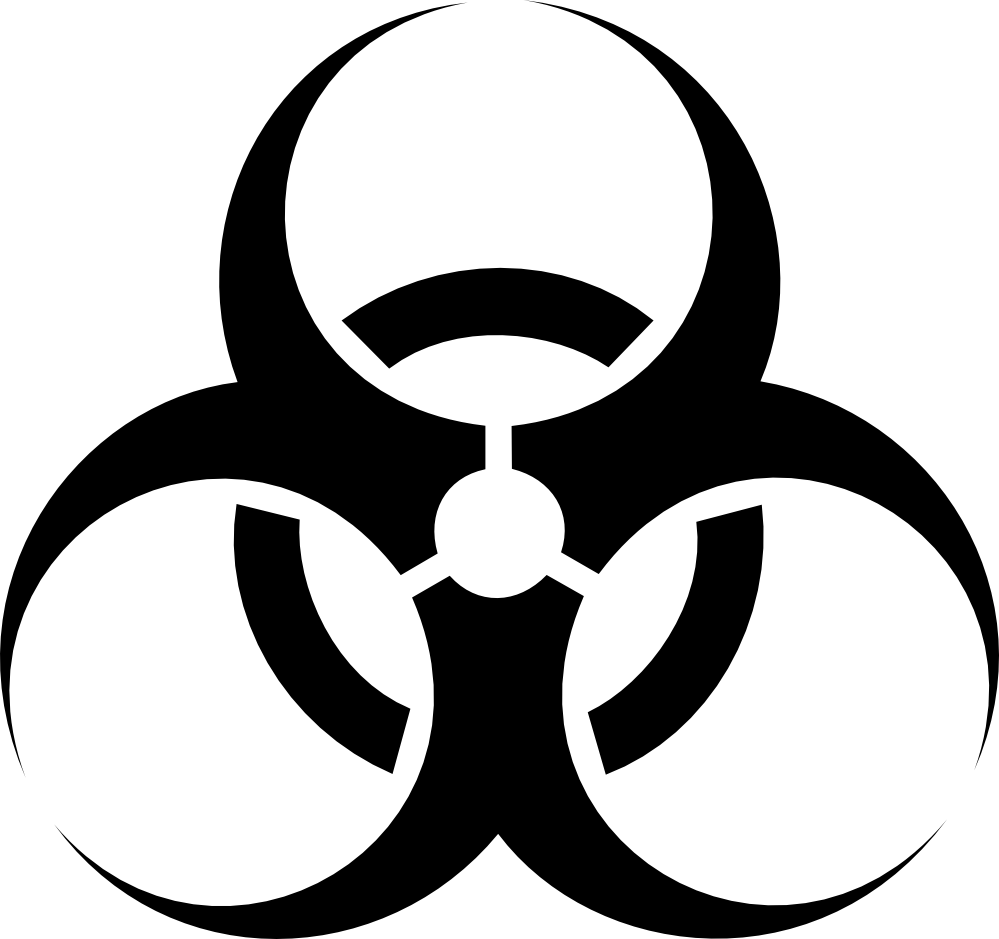Resources with keywords: laboratory testing
This guidance applies to viral hemorrhagic fevers caused by infections with:
- Filoviruses (ebolaviruses and marburgviruses),
- Arenaviruses [Lassa, Lujo, and South American hemorrhagic fever viruses (Guanarito virus, Sabia virus,
- Junin virus, Chapare virus, Machupo virus)],
- Rift Valley fever virus, and
- Crimean Congo hemorrhagic fever virus.
This webpage provides guidance for staff at hospitals and clinical laboratories on collecting, transporting, and submitting specimens to laboratories to test for viral hemorrhagic fevers (VHFs) or other high-consequence diseases.
Routine laboratory testing to monitor the patient’s clinical status and diagnostic testing for other potential causes of the patient’s illness should be pursued while testing for a VHF or other high-consequence disease is underway.
Vinner L, et al.
Diagnoses of ongoing viral infections commonly rely on PCR methodology.
These data will contribute to understanding the spread of the Monkeypox virus and can contribute to predicting increases in testing demand and planning for potential supply chain issues for reagents and other testing materials.
This interim guide includes PPE, disinfection, shipping practices
Methods for inactivating EBOV


